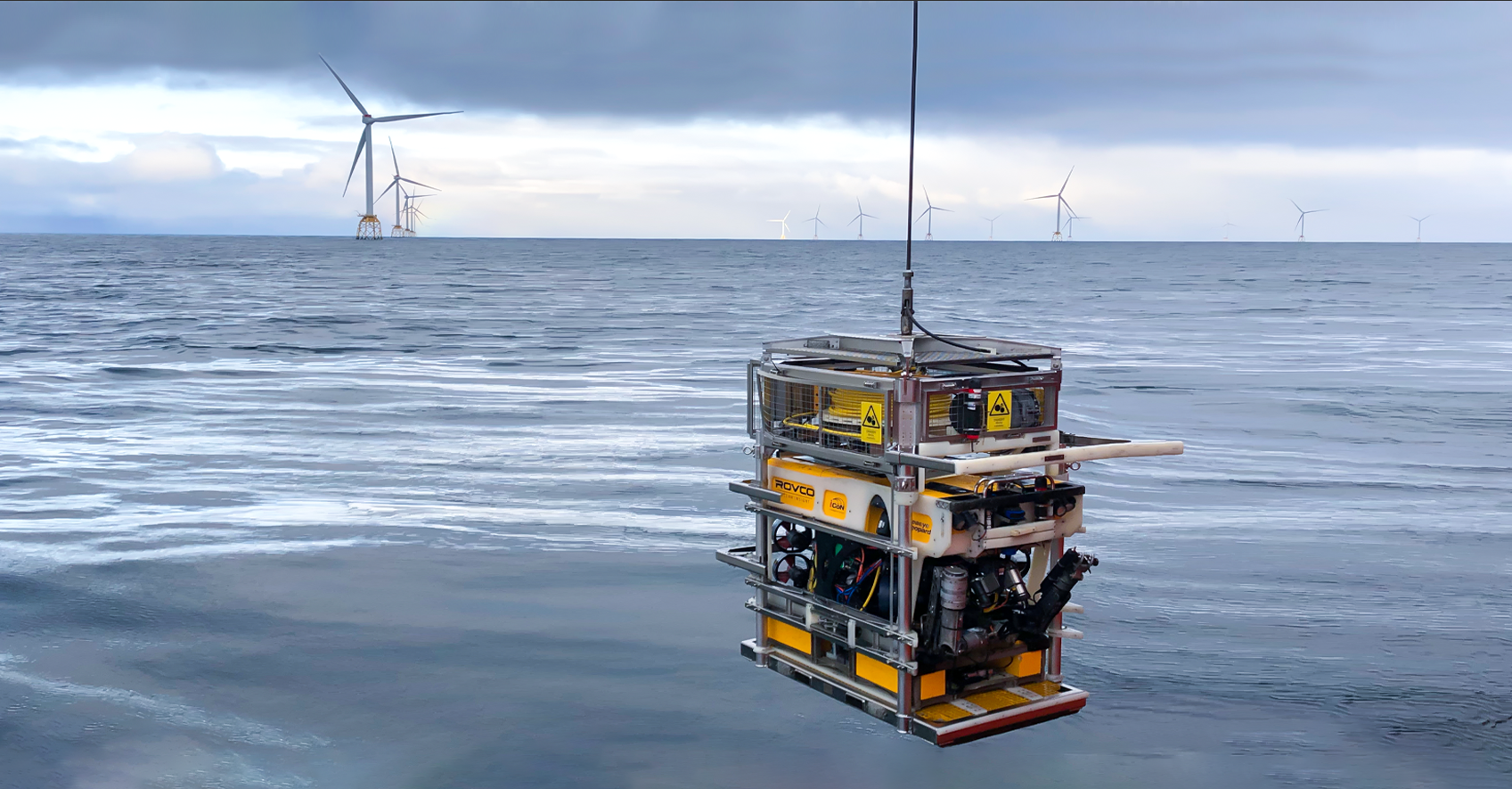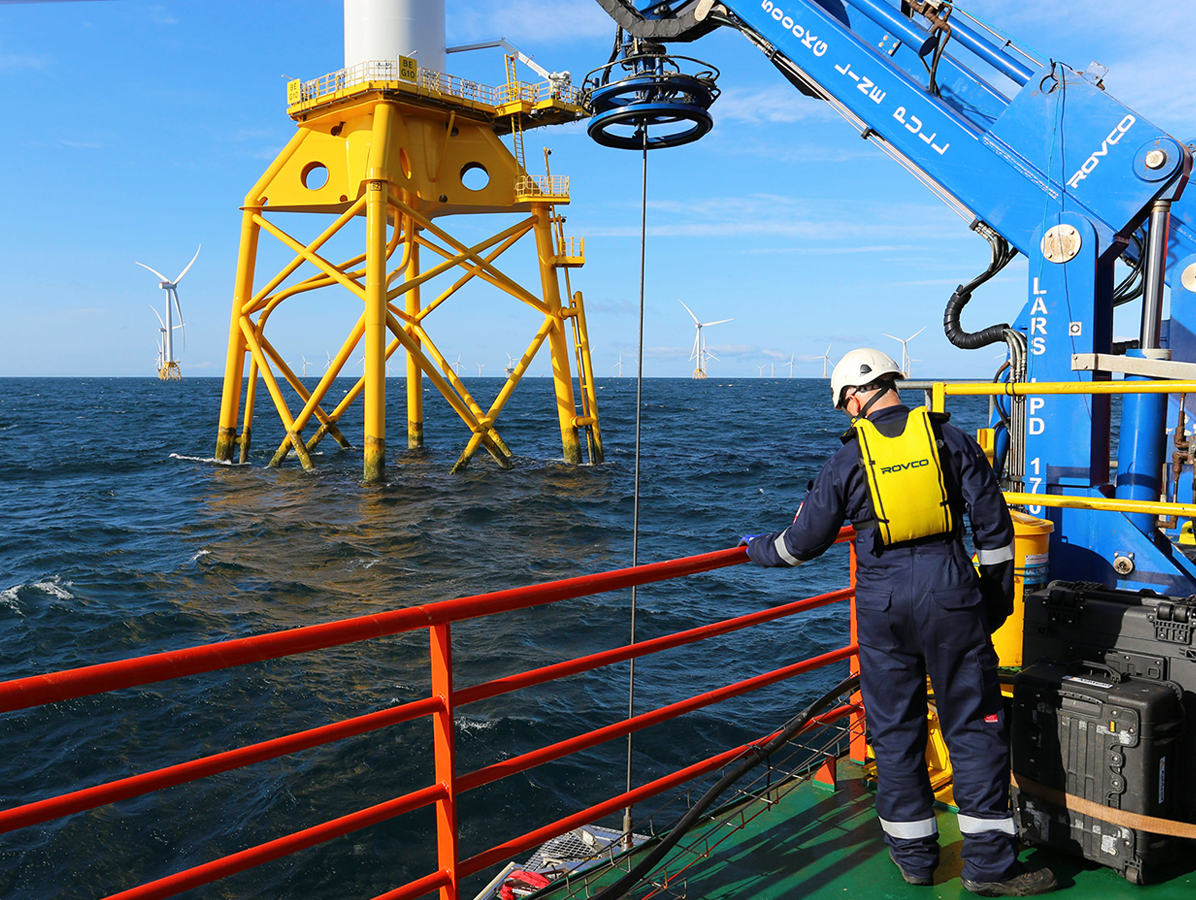
When climate deals aren’t much COP, technology can get us back on target
While political leaders have touted the success of the deal reached in Glasgow at the COP26 summit, business groups and climate activists have been much more critical of the conference, calling the outcome “meek”, “weak”, and “most certainly not a cause for celebration”. The reality is that much more needs to be done to keep global warming within 1.5C of pre-industrial levels.
While there certainly are some big wins – not least the willingness to participate and engage in these conversations from countries that have historically been reluctant to come to the negotiating table – some of the most urgently needed actions have been watered down or omitted from agreements.
The energy transition and the need to reduce our reliance on burning fossil fuels while building out net new capacity is always something that bears close scrutiny at these events, and Glasgow was no exception. But how we do that also bears scrutiny.
Emissions reduction technology
They say the road to hell is paved with good intentions, and while it might sound quite dramatic, so too is the energy transition. For the most part, energy companies have recognised the need to decommission older infrastructure and assets and are now doing so. Many are investing in newer, renewable alternatives, such as offshore wind – however, just because the energy source is cleaner doesn’t mean the business of building, running, and maintaining the infrastructure is. In fact, it can be quite a carbon-intensive endeavour.
The monitoring and maintenance of subsea assets – an essential part of ensuring energy supply exceeds demand, and that our homes and offices have access to the electricity that powers our lives – is an inherently emissions-heavy operation. It doesn’t have to be.
Ships that carry crews of up to 60, including Remotely Operated Vehicles (ROV) pilots, engineers, analysts, and the cooks that keep them fed, can be at sea for many weeks and months at a time while these assets are being inspected. But the reality is that those crews needn’t be so large, and as such, neither should the vessels.
Green technology for green energy
Advances in computer vision, autonomy, and machine learning technologies mean that much of this process can be automated or supervised from onshore. With SubSLAM technology, ROV operators can collect high accuracy data on the location and condition of subsea assets and overlay images to create realistic visual representations of what the structures look like without ever setting foot on water. As a result, energy companies can better manage and maintain their infrastructure, lower operating costs and extend the assets’ usable life.
These processes can also save truly meaningful volumes of emissions – just one of these vessels used for asset monitoring can emit some 275,000 tonnes of CO2 into the atmosphere over its lifetime. Our technology provider, Vaarst, projects that the use of SubSLAM and associated technologies can eliminate the use of over 75 of these vessels by 2026, but even that is a drop in the ocean – if you’ll pardon the pun – compared to what is possible.
It’s not simply a case of reducing emissions either. These vessels can cost £1 million to £10 million per month to operate, depending on the job, so the shift to newer, technology-enhanced processes should really be a straightforward one for businesses to make.
The winds of change
With wind energy capacity set to grow significantly over the next five years, and GWEC estimating a compound annual growth rate of nearly 32 per cent, it’s critical that we ensure the transition to green energy involves greener processes.
If we’re serious about limiting the impact of global warming, and keeping temperature rises below 1.5C of pre-industrial levels, then we need to embrace technology and look at the ways we can bring new innovation to bear to live and work more sustainably.
We’re committed to transforming the energy transition for the better – if you’re interested in joining us on that journey, get in touch with our team today.

Subscribe to our newsletter
"*" indicates required fields